
By Andia Chakava and Eva Warigia
Women entrepreneurs make a substantial contribution to the economic growth of a country. While many are yet to achieve their full potential, female-led Small and Medium-sized Enterprises (SMEs) are vibrant through self-financing ‘chamas’ where they pool resources as a group of individuals for investments and loans to expand their businesses.
Globally, only 1 in 3 small, medium and large businesses are owned by women, according to the World Bank. In some instances, a female business loan applicant may find it difficult to get credit from traditional financial institutions due to lower financial indicators such as annual revenue, unclear operating expenses – especially if there hasn’t been discipline in segregating personal and business bank accounts.
With many businesses being at an earlier stage exacerbated by pivoting because of COVID-19 effects – we are yet to adapt more artificial intelligence systems to capture holistic personal credit scores that assess and predict people’s credit behaviour based on how they pay for utilities like electricity, data and rent as well as incorporate sector-based transactional income trends. As a result, many women-owned businesses tend to be smaller than their male counterparts supported by self-financed capital which they acquire from personal savings and ‘merry go rounds’ and or table banking.
Sub-sectors such as retail services in health care, apparel or education require less operational costs, and are a likely preference for most women whilst men are likely to own businesses in real estate, transport and logistics or manufacturing that require larger start-up capital. It has also been noted that many women businesses operate in the business to consumer sector with less in the business-to-business sector which tends to have higher margins. However, a new age of women entrepreneurs is emerging challenging the status quo and blazing the trail in previously male-dominated sectors.
At a recent Webinar dubbed ‘Funding the missing middle: market failure or untapped opportunity?’ organized by Women Win and New Faces New Voices-Kenya to bring on board cross-sector partnerships in East Africa in advancing women’s economic resilience – various stakeholders outlined the limitations encountered by women in growing their businesses, and the need to position women within the financial ecosystem as a critical audience in a bid to make it easier for them to access funds in sustaining their businesses.
Lack of capacity building for women entrepreneurs was highlighted as one of the major barriers that women SMEs face in acquiring affordable working capital. For start-ups to thrive from seed to growth stage, many lack the financial knowledge on how and where to access funds, have limited knowledge about what financial instruments best suit their growth stage, is yet to fully interpret their financial records and interpret risks appropriately. Furthermore, the lack of well-packaged investment cases, coupled with the long process of loan approvals to entrepreneurs build on the impediments that have made it hard for women backed businesses.
While some are privileged to acquire financing, many are yet to join enterprise development programs geared to support entrepreneur growth and understanding of all these nuances that lead to a defined pathway to funding. There is also the need to upskill and sensitize various financial.
institutions and alternative funders how to source, manage and support women in business by targeted product development, specific outreach activities and an appreciation of the different hurdles that women entrepreneurs might face due to unpaid care or sexual reproductive health challenges.
While the COVID-19 pandemic had taken a toll on the unsteady business climate which is financially fragile due to lockdowns and massive lay-offs, many business owners have had no choice but to seek alternative means of starting up or reviving their businesses. However, they lack confidence about the viability of their business idea or plan, while others lack the patience to endure the highs and lows of business and some need upskilling to pivot and or digitise their offering or expand to a wider market.
In a Survey by Graça Machel Trust (GMT) ‘To explore growth barriers faced by female entrepreneurs in East Africa’, at least 71 per cent of the women who took part in the survey started their business from their savings. Most female entrepreneurs have invested between Ksh.100, 000 and Ksh.500, 000 as capital. The research reveals that most female entrepreneurs currently self-finance their business, using their own funds or savings and ploughing the earnings of the business back in to achieve growth. The decision to self-finance is based on a belief that they do not have the requirements to access funding such as collateral.

Businesswoman. Stock Image from Pixabay.
This is partly attributed to the weak investment climate and social-cultural barriers, where the women have to seek spousal permission to allow the use of collateral, which is mostly jointly owned. Most women entrepreneurs also lack legal documents to proceed with the company and bank registration, limiting them to accessing finances. There is also a fear of being harassed by various authorities in meeting compliance requirements that many women businesses shy away from and are comfortable with being home-based and informal businesses that have minimal visibility in trading markets.
Even as the SME world is on the road to resilience and recovery from the COVID- 19 pandemic, there is a need for financial institutions to ensure a continuous capacity building development framework to increase business management skills to their customers, particularly businesswomen.
Kenya Private Sector Alliance (KEPSA) for instance, as part of their COVID-19 Recovery and Resilience Program, partnered with Mastercard Foundation to support over 106 women and youth-led MSMEs who are beneficiaries of over Ksh42 Million in form of interest-free short-term loans ranging between Ksh100,000 to Ksh1.5 million without any collateral. Such programs demonstrate what intentional program and funding design can achieve to meet the customised needs of a marginalised target group.
Other organizations, who were also participants of the Funding the Missing Middle Webinar continue to reach out to MSMEs and investors to change the narrative that access to funding is a challenge. Pangea Trust an ecosystem builder, Pezesha a digital platform, East Africa Venture Capital Association and Development Partners International a private equity investor are some of the organizations that provided case studies and practical approaches to seeking the missing middle who are often classified as too big or unsuitable for microfinance, too risky for banks and too small for private equity. Solutions discussed involved bringing various stakeholders together to understand each other’s pain points and also co-create solutions with one another to address the underserved market.
With the advancing technology, it is also imperative to empower the female business owners to capitalise on the use of digital platforms such as WhatsApp, Instagram, Facebook and website to increase visibility and sales of their products and services as well as make their offering more accessible on Pan African or global platforms whilst leveraging on the opportunities that Pan African trade agreements like AfCTA bring. Scaling can prove to be a challenge to business if not managed wisely and hence shared services that provide support mechanisms for talent, operational efficiency and sector mentorship are crucial.
For businesses to thrive in the new normal there is a need to create gender-lens investing strategies to counter challenges by creating awareness on financial knowledge, leverage on complementary collaborations and strengthening accelerator programs across the country as potential funding opportunities for SMEs to build capacity for wealth creation. Gender lens investing strategies are more than having a woman as a founder but consider who is leading the business, the gendered governance structure at board and management level, consider the gender pay gaps in the workforce, including gender diverse supply chains, involve having products and services targeted to the female segment and incorporates intersectionality addressing age and socioeconomic status. These are metrics that are not achieved accidentally nor do they happen without intention. So if you are looking to be a gender lens investor then actions will also speak louder than words and no better person to prove it than your customers, employees, suppliers and environment.
We encouraged market players to start now with what you have and where you are and measure the results incrementally as achieved. Be encouraged and comforted knowing that when you focus on gender equality you will also be catalysing action in at least the other 16 SDG’s. The UN recognized Sustainable Development Goal 5, gender equality and women’s empowerment, as a “pre-condition” for achieving the other goals because when women earn a competitive income, they often invest in their families —food, healthcare, and education— setting off a virtuous cycle that improves outcomes for future generations.
Ms. Andia Chakava is the Investment Director at Graça Machel Trust and New Faces New Voices – Kenya Founding Chairperson.
Ms. Eva Warigia is a Champion for New Faces New Voices for Women in Finance and the Executive Director of the East Africa Venture Capital Association.



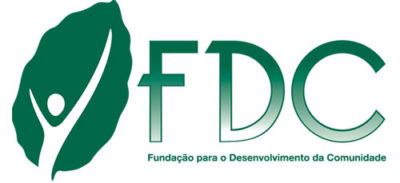
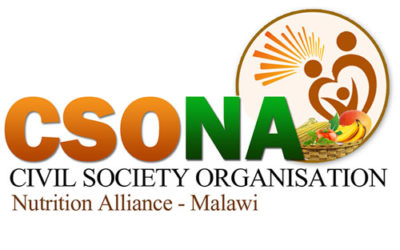
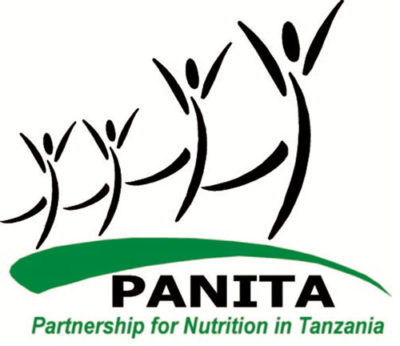

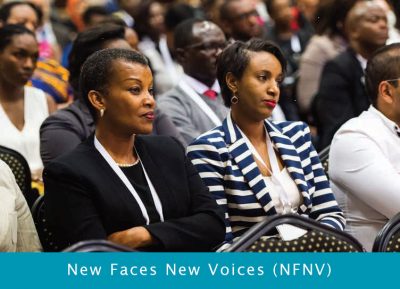
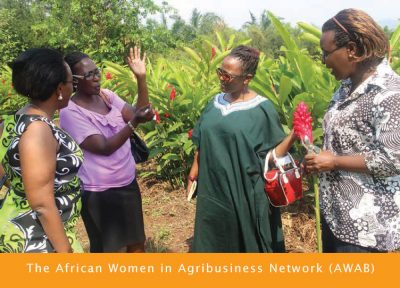
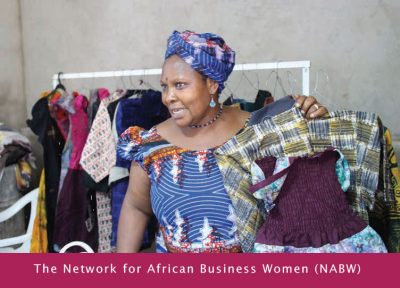
 The Trust supports and mobilises civil society networks on issues of ending child marriage, ending violence against children, ending female genital mutilation and promoting children’s rights, to carry out advocacy and action across Africa. Special focus is placed on Malawi, Mozambique, Tanzania and Zambia where child marriage continues to be a problem largely driven by poverty, gender inequality, harmful traditional practices, conflict, low levels of literacy, limited opportunities for girls and weak or non-existent protective and preventive legal frameworks.
The Trust supports and mobilises civil society networks on issues of ending child marriage, ending violence against children, ending female genital mutilation and promoting children’s rights, to carry out advocacy and action across Africa. Special focus is placed on Malawi, Mozambique, Tanzania and Zambia where child marriage continues to be a problem largely driven by poverty, gender inequality, harmful traditional practices, conflict, low levels of literacy, limited opportunities for girls and weak or non-existent protective and preventive legal frameworks.




 Education is a fundamental right for all children, which is also a vehicle for social, economic and political transformation in communities, countries and the African continent at large. Recent studies indicate a lack of progress in some of the critical commitments aimed at improving education quality, access, retention and achievement, particularly for girls. In most African countries, girls may face barriers to learning, especially when they reach post-primary levels of education. By implementing multi-dimensional approaches to education which includes core education, personal development, life skills and economic competencies, the Trust partners with funding partners, governments, civil societies and the private sector to improve education access.
Education is a fundamental right for all children, which is also a vehicle for social, economic and political transformation in communities, countries and the African continent at large. Recent studies indicate a lack of progress in some of the critical commitments aimed at improving education quality, access, retention and achievement, particularly for girls. In most African countries, girls may face barriers to learning, especially when they reach post-primary levels of education. By implementing multi-dimensional approaches to education which includes core education, personal development, life skills and economic competencies, the Trust partners with funding partners, governments, civil societies and the private sector to improve education access.

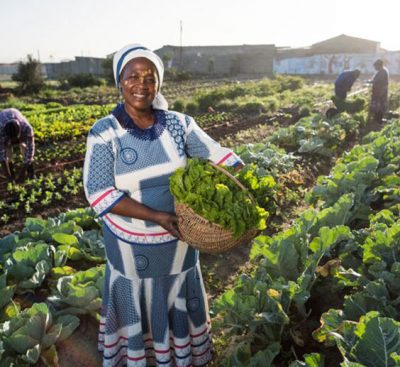 The Nutrition and Reproductive, Maternal, New-born, Child and Adolescent Health and Nutrition, (RMNCAH+N) of the Children’s Rights and Development Programme aims at promoting the Global Strategy for women, children and adolescents’ health within the Sustainable Development Goals (SDG) agenda. The strategy emphasises on the importance of effective country leadership as a common factor across countries making progress in improving the health of women, children and adolescents.
The Nutrition and Reproductive, Maternal, New-born, Child and Adolescent Health and Nutrition, (RMNCAH+N) of the Children’s Rights and Development Programme aims at promoting the Global Strategy for women, children and adolescents’ health within the Sustainable Development Goals (SDG) agenda. The strategy emphasises on the importance of effective country leadership as a common factor across countries making progress in improving the health of women, children and adolescents. Through its Early Childhood Development (ECD) plan, The Trust will seek to put into action the new science and evidence Report that was presented by Lancet Series on Good and early development – the right of every child. This will be achieved by mobilising like-minded partners to contribute in the new science and evidence to reach all young children with ECD. The Trust’s goal is to be a catalyst for doing things differently, in particular, to rid fragmentation and lack of coordination across ECD sectors. In response to evidence showing the importance of political will in turning the tide against the current poor access and quality of ECD. Even before conception, starting with a mother’s health and social economic conditions, the early years of a child’s life form a fundamental foundation that determines whether a child will survive and thrive optimally.
Through its Early Childhood Development (ECD) plan, The Trust will seek to put into action the new science and evidence Report that was presented by Lancet Series on Good and early development – the right of every child. This will be achieved by mobilising like-minded partners to contribute in the new science and evidence to reach all young children with ECD. The Trust’s goal is to be a catalyst for doing things differently, in particular, to rid fragmentation and lack of coordination across ECD sectors. In response to evidence showing the importance of political will in turning the tide against the current poor access and quality of ECD. Even before conception, starting with a mother’s health and social economic conditions, the early years of a child’s life form a fundamental foundation that determines whether a child will survive and thrive optimally.